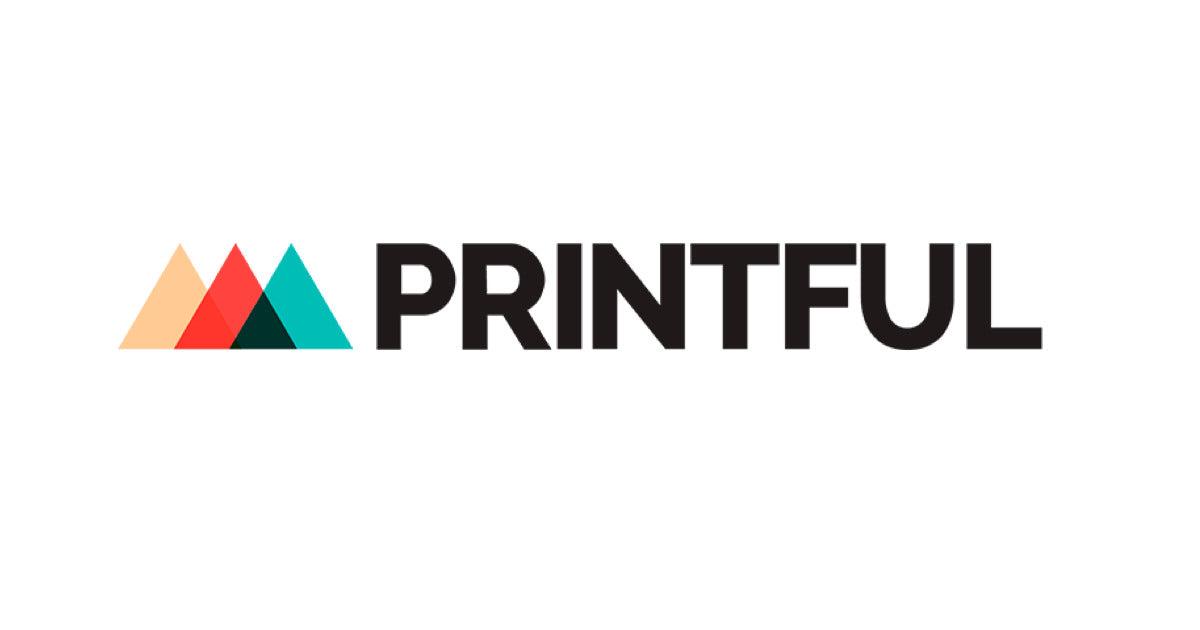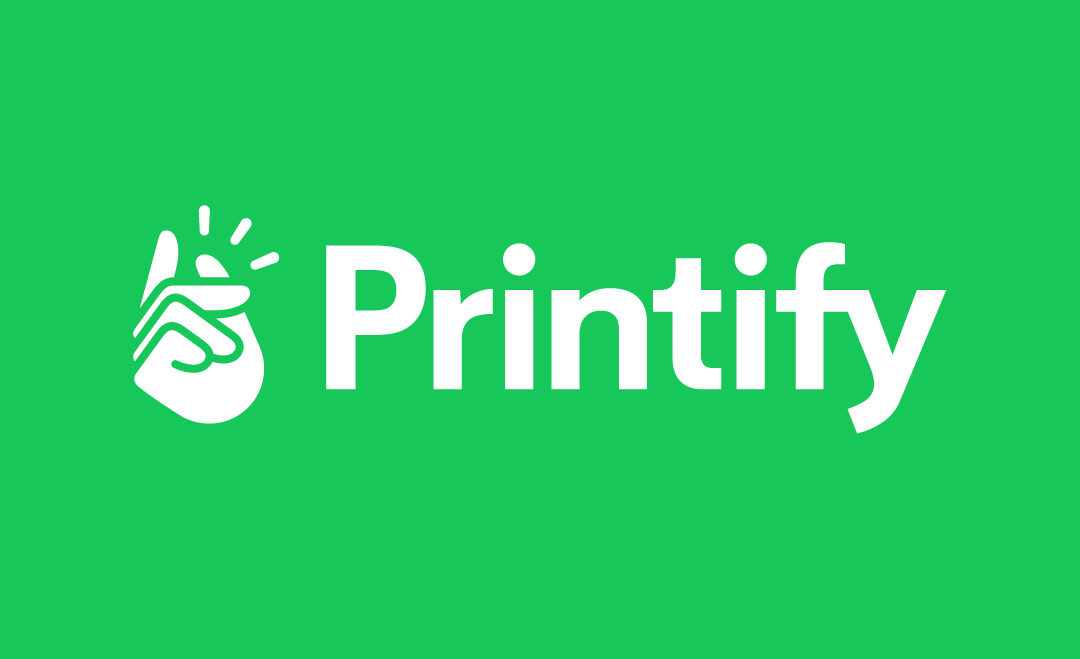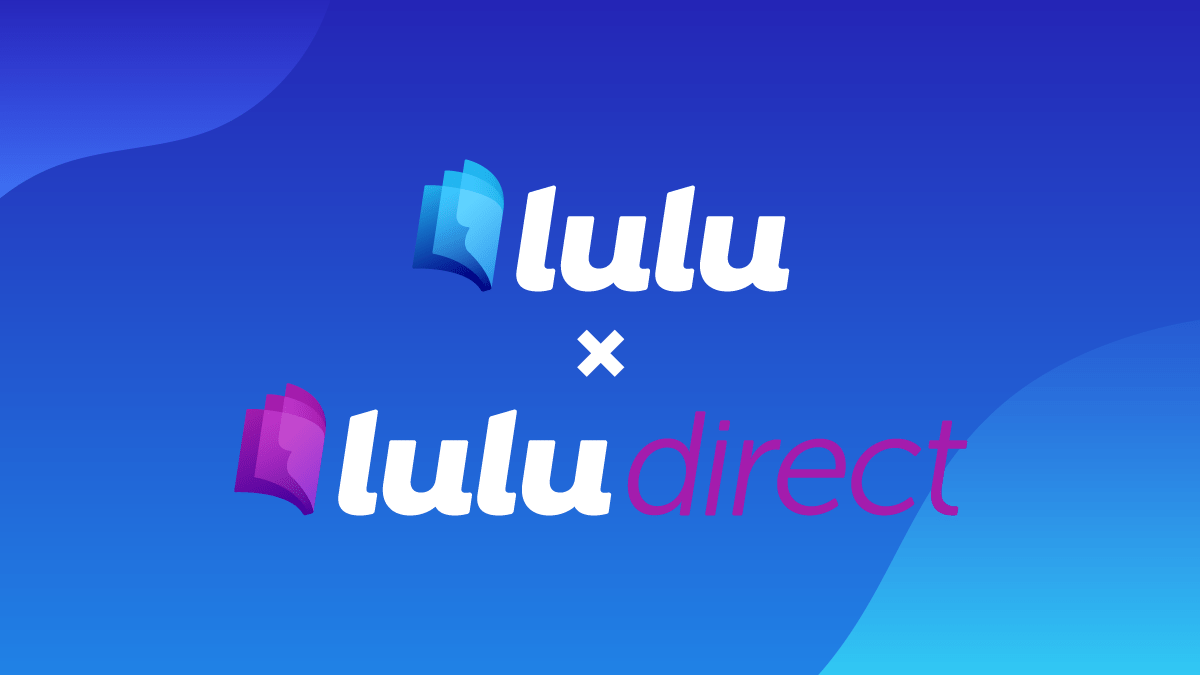Products commonly sold through print on demand include t-shirts, mugs, posters, and books. The method appeals to many sellers because it enables them to test different designs and product ideas without a big financial investment.
You can use print-on-demand services to:
- Test a small business idea or new product line without the risk of buying inventory
- Monetize your YouTube audience or fans of your art with branded merchandise
- Create original products for niche customers like CrossFit enthusiasts or French bulldog owners
- Produce small batches of products to promote your event or brand
- Offer products that celebrate seasonal holidays or reference cultural trends
- Compare designs and products to see which your customers prefer
Pros and cons of print on demand
Print on demand is a dropshipping business model, simplifying the process of selling customized products. When you make a sale, your print-on-demand service takes care of production, packing, and shipping.
This model is an accessible way to run an online business, offering several benefits:
- Quick to market: Design a product and list it for sale in minutes.
- No inventory: Run a low-cost, low-risk business that doesn’t handle inventory.
- Outsourced fulfillment: Your print-on-demand partner takes care of shipping.
However, print on demand also has limitations to consider:
- Higher cost per item: Since you won’t purchase items in bulk, they cost more per unit.
- Limited control over shipping: You may not be able to set shipping costs or customize the delivery experience.
- Customization constraints: Print-on-demand services are often unable to accommodate complex design requests.
4 popular print-on-demand services
With a growing number of options, it’s important to pick a print-on-demand service that matches your needs in product selection, shipping speed, and pricing.
For example, a seemingly great deal on shipping costs might lose its appeal if your customers need to wait three weeks to receive their orders. The wrong choice can cost you more than money; it can impact your brand’s growth.
Do your homework—use Google and review sites to thoroughly vet potential partners. Start by considering these four popular print-on-demand services:
1. Printful

Printful is a popular choice among print-on-demand sites because of its wide selection of high-quality products and brands (Gildan, American Apparel, etc.), easy-to-use mockup generators, and options for adding your own branding to the unboxing experience.
For apparel products, Printful offers several printing techniques:
- Direct to garment: Print is applied directly to clothing.
- Cut and sew: The article of clothing is cut, printed on, and then put back together for a seamless print across the entire piece.
- Embroidery: A threaded design.
You should also be mindful of how additional customizations affect the price. Printing on the sleeve or inside label, for example, will usually mean paying a nominal fee in addition to the base cost.
Besides apparel, Printful also offers mugs, bedding, pillows, framed posters, beach towels, aprons, and more.
2. Printify

Printify is another print-on-demand service that features the usual selection of t-shirts and hoodies. What’s notable is it also offers an international vendor network that enables a number of unique white-label products, such as jewelry, clocks, shoes, and water bottles. In fact, the platform boasts over 200 products you can print on.
While Printify is free to use, a premium subscription is available that gives you up to 20% off of all products for $24.99 per month, which is a solid option if you’re looking to scale up and improve your profit margins.
3. Gooten

Like Printify, Gooten offers a wide range of products that you can customize with several that are unique to Gooten, such as calendars and dog beds.
However, since Gooten uses an international network of vendors and dropshippers to print its products, there’s also a lot more variance between its items in terms of print quality and shipping. But that also means you’re likely to see lower product and shipping prices.
Gooten has an intuitive image editor that gives you a good sense of what your final product will look like.
4. Lulu

Lulu is a self-publishing platform for printing and distributing your own books and ebooks, offering many of the tools you’d need. It’s one of the most popular print-on-demand companies.
Lulu Direct is its print-on-demand offering and lets you choose from a wide selection of book sizes, binding types, and page quality to build your own book product.
While there is no built-in editor to design your book, Lulu Xpress does offer downloadable templates to get you started. It even has a transparent pricing calculator to help you cost out your project, including various shipping options.
There are also discounts available if you’d like to order in bulk.
Check out more of the best print-on-demand companies and sites.
5 tips for starting with print on demand
Using a print-on-demand service is often easier than managing your own inventory, but there are unique considerations to be aware of.
Here are some essential best practices for any print-on-demand business:
1. Use a print-on-demand app
While marketplaces like Etsy offer an easy way to list your products, starting an online store is the best way to build a long-term online presence and truly promote your brand.
Make your business simpler by using a print-on-demand app that integrates with your online store platform. That way, you can import your designs into your website with a few clicks.
When you build a print-on-demand store, you control the shopping experience—from the look and feel of your store to how customers interact with your brand and discover your products.
Additionally, having your own store enables you to build a customer email list, run targeted ads, and sell on social media, all of which are effective ways to maintain a profitable relationship with your audience.
2. Always order samples
Sellers should feel confident about the quality of their products, even when they’re sourced from a third party such as a print-on-demand service.
The best way to ensure your products look and feel as intended is to be your own customer and experience first-hand what it’s like to receive your products. Place sample orders through your online store to test out your entire shopping experience, from browsing to delivery.
Some services, like Printful, offer a sample discount of up to 20% to help sellers validate their design choices.
Beyond ensuring product quality, samples can also be used to take product photos for your website and social media profiles.
3. Create mockups of your products
While samples can help you snap compelling photos of your products, mockups are also an effective visual marketing element and will be a prominent part of your store’s product pages.
Many print-on-demand services can help you create mockups, showing your products on a person or as a flat lay. But there are other services and plenty of free mockup templates that can also bring your products to life.
Mockups help customers visualize products, so it can literally pay to go the extra mile. PlaceIt is an easy-to-use mockup generator that lets you create photo and video mockups. Or, if you know the basics of Photoshop or other photo editing tools, you can browse Mockup World or Behance for templates.

4. Be strategic about shipping
Even though you won’t be shipping products yourself, it’s up to you to set expectations and communicate with customers throughout the shipping process. The best print-on-demand companies will be transparent about shipping and proactive about sharing information, but you remain the point of customer contact.
Be sure to account for printing times when it comes to shipping. Add anywhere from two to four days for production, or more for complex orders.
Outline what customers should expect concerning shipping on your FAQ page or a dedicated Shipping page.

If possible, absorb shipping costs into your retail prices. Extra shipping costs added at checkout may deter some customers, while the incentive of “free shipping” can enrich your marketing efforts.
For example, you may be able to leverage free shipping to justify longer wait times. Many consumers will wait a bit longer for an order if they feel it will save them money on shipping.
5. Find a niche audience
Since the print-on-demand model offers smaller profit margins, you’ll want to be strategic about how you position your brand. Having a clearly defined audience can help you lower the cost of acquiring customers, increasing your potential profits.
Finding a niche makes it easier to grow an audience. Some niche marketing tactics to try include:
- Starting an Instagram account and curating content to serve your target audience.
- Running Facebook ads for your target market to test products.
Creating designs when you’re not a designer
Design plays a crucial role in creating successful print-on-demand products. But you don’t need to be a full-time designer to source original designs.
There are many ways to commission or produce your own designs, as long as you understand a few key concepts that will help you work effectively with designers.
First, and most important, is preparing your design file. When working with designers, you should specify that your design is for printing. This implies that it should be saved at a resolution of 300 dots per inch (dpi). The dimensions of the images you upload should be the same size as the printing area for the product.
Note that print specifications will change depending on the printing technique used. When in doubt, just send the designer the print specs for the specific product so they understand the context.
In most cases, the file you upload will be a PNG or PSD. Keep in mind that if you use a transparent background, the color of the t-shirt will be your background color.
Where to find design ideas and designers
In the best-case scenario, you’re a designer or know one you can work well with. But don’t be discouraged if you don’t have access to design skills. That’s what outsourcing is for.
You can find designers to work with on Behance or 99designs who can produce usable designs as long as you provide clear instructions. Here’s how you can add clarity and context for a design project:
- Share insight into your audience. Tell them what it’s for and who your audience is. Showing them your website can help.
- Clearly explain what you want. Use your initial pitch and subsequent revisions (you should get at least one or two) to over-communicate what you’re looking for, and try to provide concrete feedback every step of the way.
- Provide examples for inspiration. Give them a reference to base the design on, or point to past work that you liked.
There are lots of talented designers, so you should be able to find someone to bring your idea to life. The really tricky part is figuring out what you want to design in the first place.
This will depend on your target audience for the product, but you can find design inspiration on social media networks like Pinterest and Subreddits, or wherever your potential customers hang out online.
Look for content, messaging, or styles that resonate with your target audience. Just be sure you’re not directly copying or infringing on anyone else’s work.
Social media is also a great place to litmus test your ideas. Create a mini focus group by:
- Posting to your personal network
- Using Instagram’s Poll and Question stickers to solicit feedback
- Sharing a design idea with a subreddit
Design, sell, and grow
Print-on-demand services offer an accessible place to begin for new entrepreneurs, or for anyone who just wants to test an idea before they invest in it. There are thousands of white-label products out there that you can make your own, and no shortage of possible designs to pair with them.
Select combinations will inevitably sell better than the rest, but it’s relatively easy to repurpose the same core design for several products.
If your business idea pans out and you start generating a meaningful number of sales, you can always graduate from print on demand to holding your own inventory, or continue to use these services while finding new ways to grow your audience.
The greatest advantage of the print-on-demand model is the flexibility it affords your business and the time it gives you back to focus on growth.


